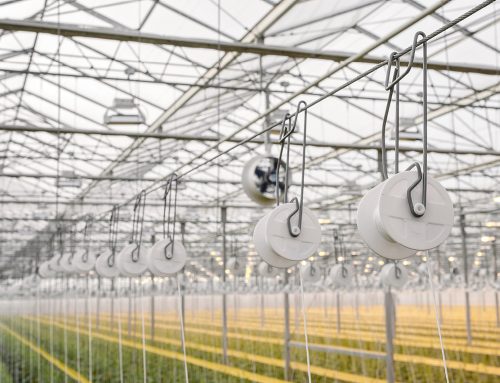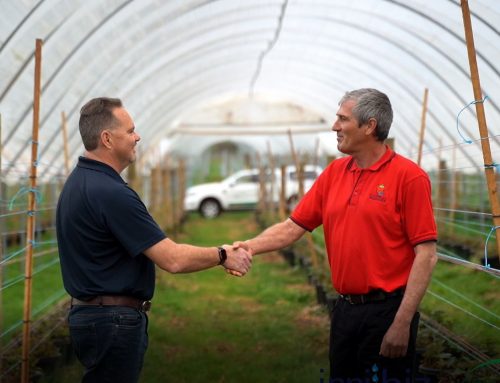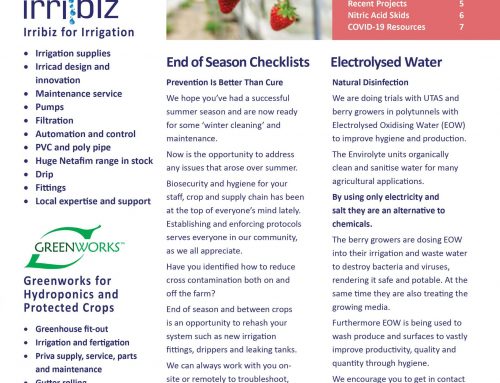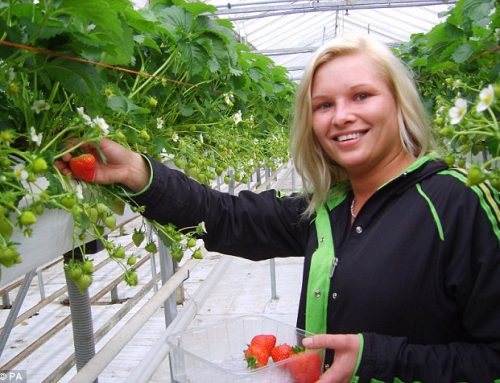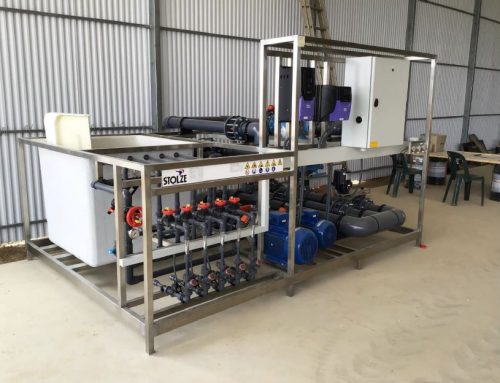Providing constant and even humidity levels allow plants to thrive in a controllable environment. Both humidity and evaporative cooling are essential to seedling development and healthy plant growth. Precise control can help eliminate the dangers of plant pathogens.
Greenhouse Climate and Optimal Plant Growth
It is vitally important to keep the environment around your plant optimal for plant growth. Transpiration is the key, the root zone is the plants engine and water and nutrients are transferred through the plant to the leaves through the stomata. C02 and O2 are allowed to pass through the stomata in the process of photosynthesis. If conditions for plant growth are not ideal, the growth slows or stops, which leads to lower production and quality. The root zone and the greenhouse climate need to be managed to maintain a well balanced plant, giving maximum yields and maximum quality.
Greenhouse Humidification
Maintaining consistent humidity levels in greenhouses provides a comfortable environment in which plants can thrive. Eliminating unwanted constraints and inhibitors of plant growth and enhancing ventilation, maintaining humidification, and ensuring proper cooling can aid in development and healthy plant growth.
The most common issue regarding greenhouses is the combination of low humidity and high temperatures. When humidity drops, serious issues can occur, including stunted plant growth and slowed photosynthesis. Just like with low humidity, high humidity levels can also affect greenhouse plants. Edge burn, soft growth and mineral deficiencies are among many of the issues that can occur due to high humidity. However, high levels of humidity most commonly encourage the development of disease outbreak which can be very harmful and costly to a large crop.
Greenhouse Considerations
Irrigation is crucial for plant hydration and health, however it is an insufficient solution for overheating and can be potentially dangerous to your plants. Watering plants directly and abundantly to make up for the high temperatures and low humidity levels may result in the growth and spread of mold spores.
Greenhouse humidification control is vital to preventing the spread of disease. It is important to keep in mind the movement of the air, and ensure you have proper ventilation of the air to prevent the buildup of plant pathogens, such as fungi and bacteria, which manifest in still air conditions. Additionally maximising ventilation and movement through circulation fans, pan and fan systems and open vent roofs gives more control over the climate as a whole and the management of the greenhouse humidification process.
For more information on our solutions, head to our page on High Pressure Fog Systems or call us on 1300 763 141.


